Rising Air Cargo Traffic
The Aircraft Belt Loader Market is significantly influenced by the rising air cargo traffic, which is projected to grow steadily in the coming years. As e-commerce continues to expand, the demand for efficient cargo handling solutions becomes increasingly critical. The International Air Transport Association (IATA) indicates that air freight volumes are expected to increase by approximately 4.1% annually. This growth necessitates the deployment of advanced belt loaders that can handle larger volumes of cargo swiftly and safely. Consequently, manufacturers are focusing on developing more robust and versatile belt loaders to meet this escalating demand, thereby driving growth in the Aircraft Belt Loader Market.
Increased Investment in Airport Infrastructure
The Aircraft Belt Loader Market is benefiting from increased investment in airport infrastructure worldwide. Governments and private entities are allocating substantial funds to upgrade and expand airport facilities, which includes enhancing cargo handling capabilities. This investment is likely to lead to the construction of new terminals and the modernization of existing ones, necessitating the procurement of advanced belt loaders. According to industry reports, the global airport infrastructure investment is expected to reach several billion dollars in the next few years. This influx of capital is anticipated to stimulate demand for efficient and reliable belt loaders, thereby propelling growth in the Aircraft Belt Loader Market.
Focus on Sustainability and Environmental Regulations
The Aircraft Belt Loader Market is also being shaped by a growing emphasis on sustainability and adherence to environmental regulations. As airlines and ground handling companies strive to reduce their carbon footprints, there is a notable shift towards electric and hybrid belt loaders. These eco-friendly alternatives not only comply with stringent regulations but also offer lower operating costs over time. The market for electric belt loaders is projected to grow as companies seek to align with global sustainability goals. This trend indicates a potential transformation in the Aircraft Belt Loader Market, as manufacturers innovate to produce more environmentally friendly solutions.
Growing Demand for Efficient Ground Handling Solutions
The Aircraft Belt Loader Market is driven by the growing demand for efficient ground handling solutions. Airlines and ground handling service providers are increasingly seeking ways to optimize their operations to reduce turnaround times and enhance service quality. Efficient belt loaders play a pivotal role in achieving these objectives by facilitating quicker loading and unloading processes. As competition intensifies among airlines, the need for improved operational efficiency becomes paramount. Market analysis suggests that the demand for high-performance belt loaders is likely to rise, as stakeholders in the Aircraft Belt Loader Market strive to enhance their service offerings and maintain a competitive edge.
Technological Innovations in Aircraft Belt Loader Market
The Aircraft Belt Loader Market is experiencing a surge in technological innovations that enhance operational efficiency. Advanced automation and robotics are being integrated into belt loaders, allowing for faster and more precise loading and unloading of cargo. This shift towards automation is expected to reduce labor costs and minimize human error, thereby improving safety standards. Furthermore, the incorporation of IoT technology enables real-time monitoring of equipment performance, which can lead to predictive maintenance and reduced downtime. According to recent data, the adoption of these technologies could potentially increase productivity by up to 30%, making it a crucial driver in the Aircraft Belt Loader Market.


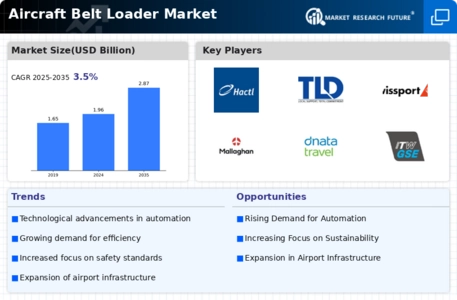
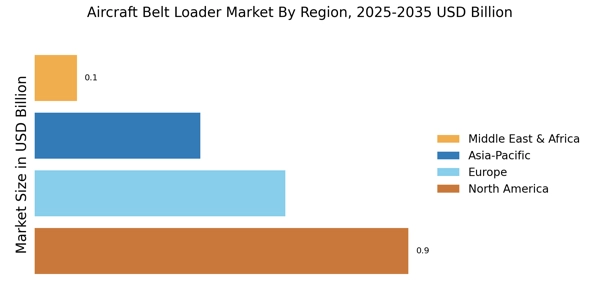



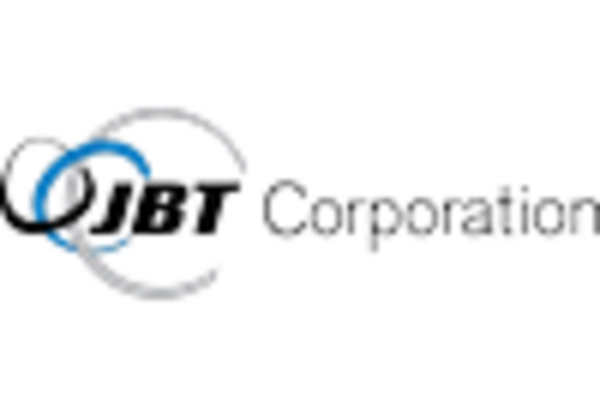
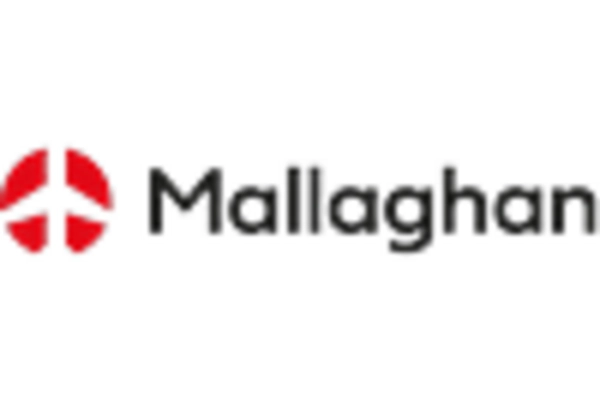
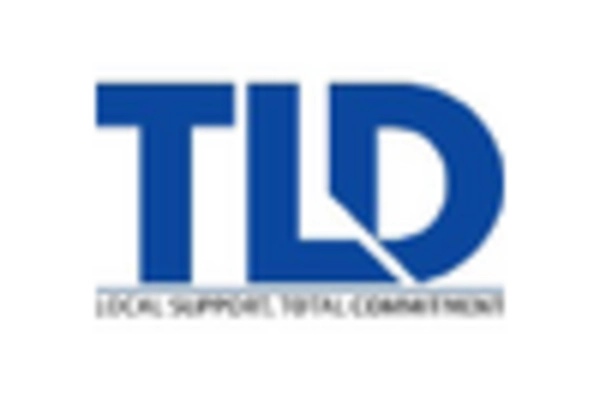








Leave a Comment